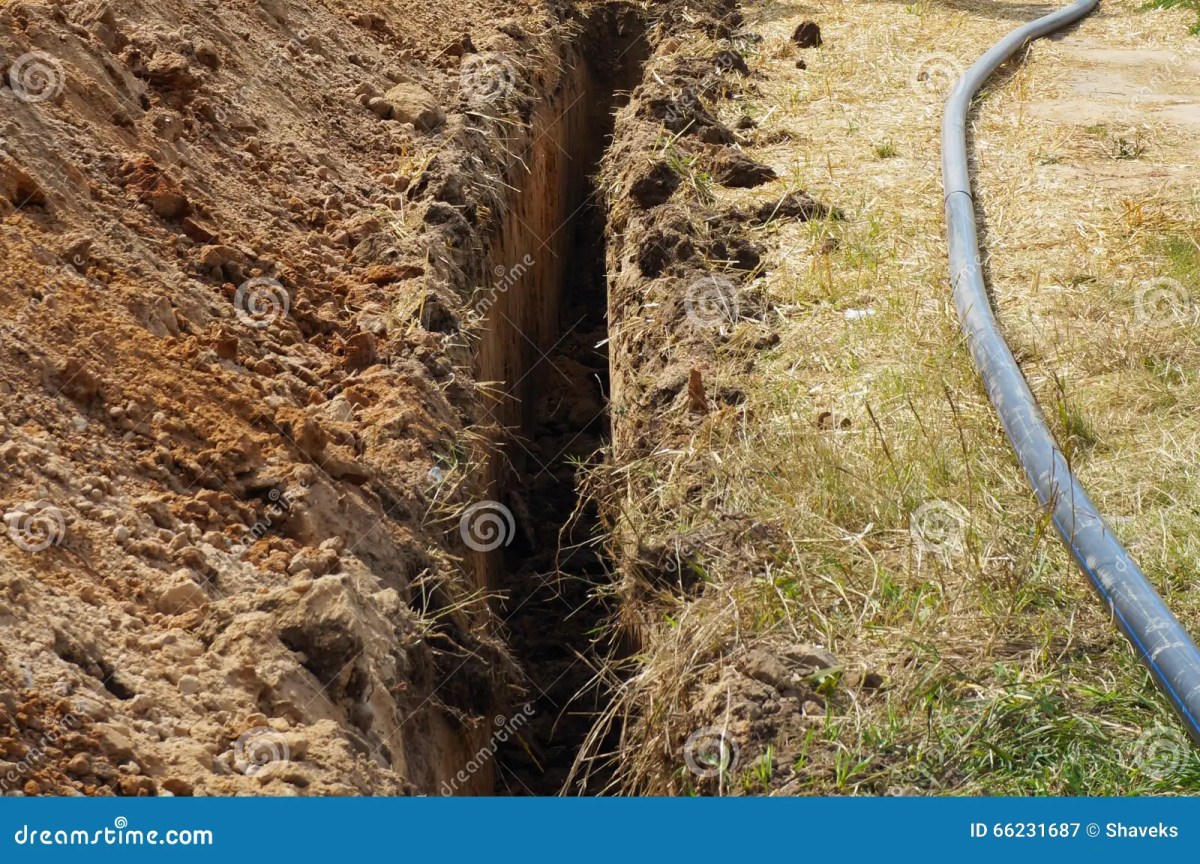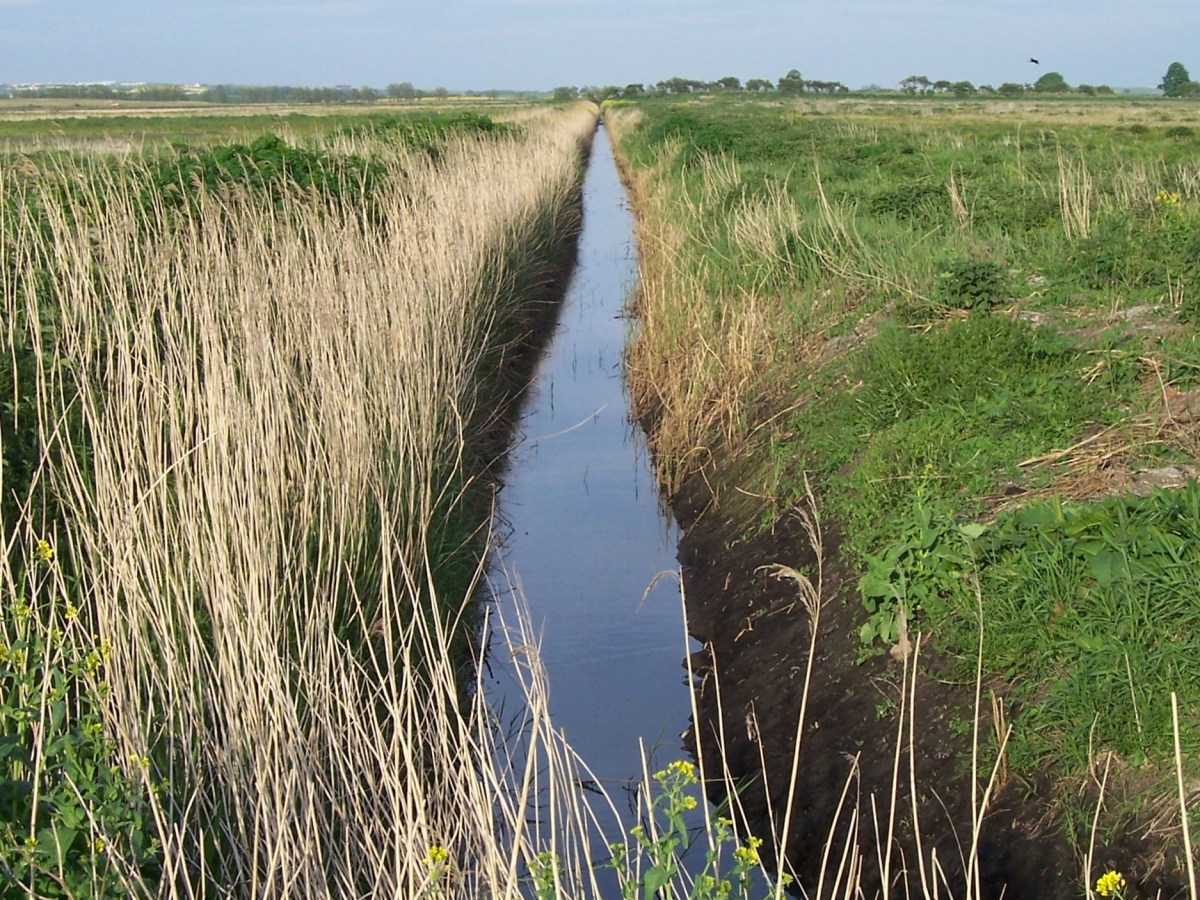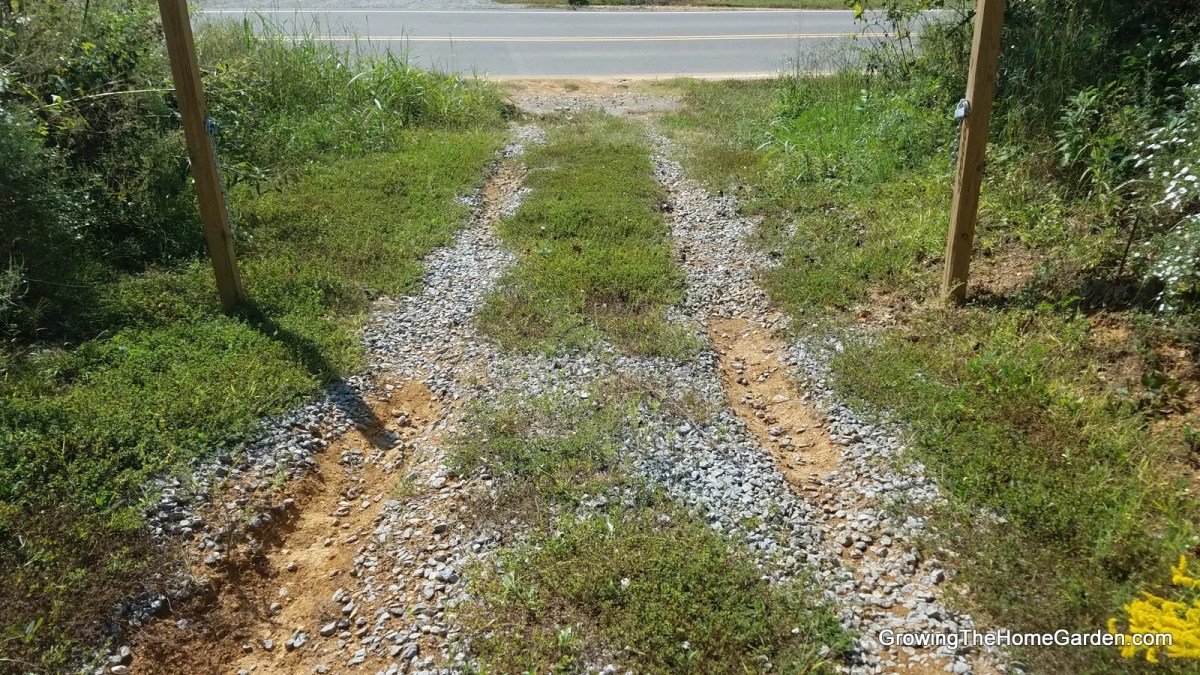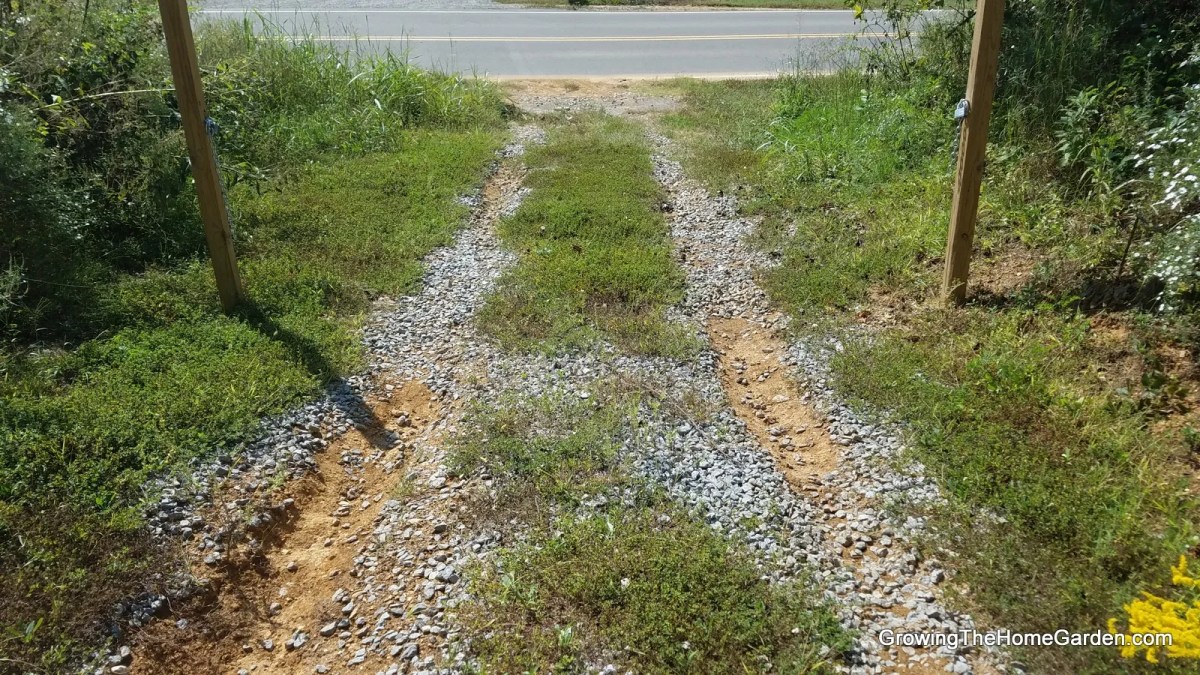Gully meaning encompasses far more than just a ditch in the ground. It’s a word with surprisingly diverse applications, from its straightforward geographical definition to its evocative use in literature and art. We’ll explore the geological processes behind gully formation, the environmental consequences of erosion, and the ways humans interact with and manage these fascinating landforms.
This exploration will delve into the nuances of “gully” as it’s used across different English dialects, comparing it to similar terms like “ravine” and “ditch.” We’ll also examine the impact of gullies on infrastructure, agriculture, and even the artistic representation of landscapes. Get ready for a deep dive into the world of gullies!
Understanding Gullies: A Comprehensive Guide

Gullies, those deeply incised channels carved into the landscape, are more than just picturesque features. They represent complex geological processes, significant environmental impacts, and even influence human activities and cultural expressions. This guide explores the multifaceted nature of gullies, from their geological formation to their cultural significance.
Defining “Gully” in Diverse Contexts, Gully meaning
The term “gully” carries a nuanced meaning depending on context and geographical location. Primarily, it refers to a relatively narrow, steep-sided channel cut into the earth by running water, often larger than a ditch but smaller than a canyon or ravine.
So, you’re wondering about “gully meaning”? Basically, it refers to a channel or ravine carved by water. Think of it like a small, natural drainage system. Now, imagine needing to protect that gully from erosion – that’s where a system like the defender could be useful for monitoring and preventing damage. Understanding gully meaning helps you appreciate the importance of environmental protection and the technology, like the defender, that can help.
Regional variations exist. In some dialects, “gully” might be used interchangeably with “ravine” or even “ditch,” reflecting local terminology and the specific characteristics of the landforms present. Figuratively, “gully” can describe a difficult or precarious situation, as in “He found himself in a real gully of trouble.” This metaphorical usage highlights the sense of being trapped or threatened, mirroring the physical entrapment a gully can represent.
Compared to similar terms, a gully is generally smaller and less deeply incised than a ravine. A ditch is typically artificially created, whereas a gully is a natural formation. A channel, while also a water-carved feature, can be both natural and artificial and often has a more defined, consistent shape than a gully.
So, “gully” basically means a ditch or channel, right? Think of the kind of landscape you might see in a rugged, outdoor environment. Now, imagine needing to navigate such terrain in a game – maybe something like the challenging landscapes found in comets video game , where mastering the environment is key. Understanding “gully” then becomes important for understanding the game’s challenges, and helps you picture those tricky, narrow pathways in the game world, much like real-world gullies.
Gully Formation and Geological Processes

Gully formation is primarily driven by water erosion. Rainfall, especially in areas with sparse vegetation or easily erodible soil, concentrates its flow, carving channels into the land. The process is often accelerated by factors such as steep slopes, intense rainfall events, and land mismanagement (like deforestation or overgrazing).
Different gully types exist based on their size, shape, and formation process. Sheet erosion can initiate the formation of rills, which can evolve into larger gullies over time. Headward erosion, where the gully’s upper end extends further upslope, is a common mechanism for gully growth. The size and shape of a gully are also influenced by the underlying geology and soil type.
So, you’re wondering about “gully meaning”? It usually refers to a narrow channel carved by water. Think of it like a miniature canyon. Now, imagine getting a really high-quality aerial shot of one using a drone, maybe even something as sophisticated as a ben affleck drone (if you had access to such a thing!). The resulting image would perfectly capture the gully’s depth and texture.
Understanding gully meaning helps appreciate the landscape’s erosion processes.
| Type | Formation Process | Typical Size | Location |
|---|---|---|---|
| Rill | Sheet erosion | Small, shallow channels | Fields, slopes |
| Gully | Concentrated flow erosion | Several meters deep and wide | Slopes, riverbanks |
| Ravine | Long-term erosion | Tens of meters deep and wide | Steep slopes, valleys |
| Canyon | River erosion | Hundreds of meters deep and wide | Arid regions, mountainous areas |
Environmental Impact of Gullies

Gully erosion has significant environmental consequences. The loss of topsoil reduces soil fertility, impacting agricultural productivity and ecosystem health. Sediment from gullies pollutes water bodies, harming aquatic life and water quality. The fragmentation of habitats caused by gullies can also reduce biodiversity.
Consider a hypothetical scenario: unchecked gully formation in a forested area leads to significant topsoil loss, reducing tree growth and making the area susceptible to further erosion and landslides. This loss of forest cover then exacerbates climate change impacts, creating a vicious cycle of environmental degradation.
- Implementing conservation tillage practices
- Planting vegetation to stabilize soil
- Constructing check dams or terraces
- Managing water flow through drainage systems
- Promoting sustainable land management practices
Gully in Infrastructure and Human Activity
Gullies pose significant threats to infrastructure. Roads and buildings constructed near unstable slopes can be damaged or even destroyed by gully erosion. The cost of repairing or replacing damaged infrastructure can be substantial.
Engineering solutions, such as retaining walls, gabions, and bioengineering techniques (using vegetation to stabilize slopes), are commonly employed to mitigate gully erosion near human settlements. The economic impact on agriculture is significant, as fertile land is lost, and crop yields decrease. Gullies also create safety hazards for pedestrians and vehicles, necessitating careful planning and management.
Gully in Art and Culture
Gullies have inspired artistic expression. In literature, they can symbolize isolation, vulnerability, or the passage of time. In landscape paintings, a gully might be depicted as a dramatic, deeply shadowed cleft in the earth, contrasting with the brighter, more open areas of the landscape. The color palette might emphasize the earthy tones of the soil, while the texture is conveyed through the representation of the rough, uneven surfaces.
A fictional narrative: A lone figure, weathered and worn, stands at the edge of a deep gully, the setting sun casting long shadows across the eroded landscape. The gully represents the passage of time, the erosion of his past, and the uncertain path ahead.
Final Review: Gully Meaning
From its simple definition as a channel carved by water to its symbolic representation in art and literature, the meaning of “gully” reveals a rich tapestry of geological processes, environmental concerns, and human interaction. Understanding gullies is not just about knowing their geographical features; it’s about recognizing their profound impact on our world, from shaping landscapes to influencing human settlements and artistic expression.
So, the next time you encounter the word “gully,” remember the multifaceted story it tells.
FAQ Section
What’s the difference between a gully and a ravine?
Generally, ravines are larger and deeper than gullies, often with steeper sides and more complex formations.
Can gullies be repaired?
Yes, various techniques like terracing, contour plowing, and re-vegetation can help stabilize and repair gullies.
Are gullies always a negative thing?
While erosion can be detrimental, gullies can also create unique habitats and contribute to landscape diversity. It’s about managing them effectively.
